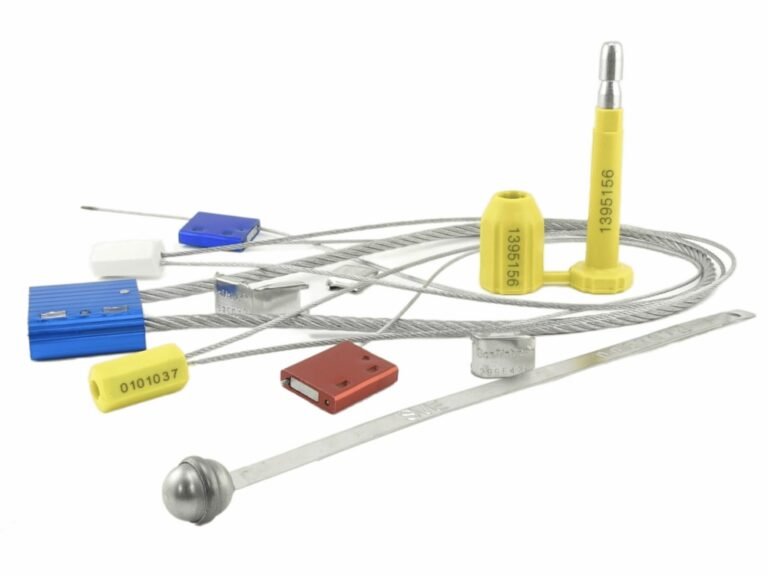Is your container stuck at the border, facing costly delays and intense inspections? This common nightmare often happens because of a simple misunderstanding of a small piece of metal and plastic: the customs seal.
A compliant customs seal is a high-security physical barrier, certified to the ISO 17712 standard, whose integrity serves as a credential proving your entire supply chain follows strict security protocols like C-TPAT. It's both the lock and the key to smooth customs clearance.
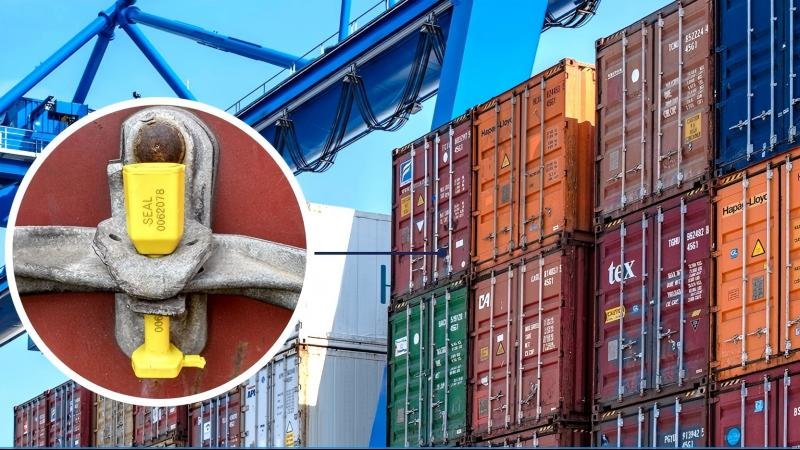
I must be very clear. To understand what a customs seal truly is, you have to see its dual nature. It is both a physical product and a procedural credential. When clients ask me to define a customs seal, my most accurate answer is this: It's a physical security device standardized by ISO 17712, whose real-world effectiveness is activated and guaranteed only by following the programmatic security management advocated by C-TPAT. One part without the other is a critical failure waiting to happen. Let's break down these two essential halves of the compliance puzzle.
More Than a Lock: Defining the Customs Seal's Role as a Passport for Your Cargo?
Do you still think of a customs seal as just a heavy-duty padlock? This view is dangerously incomplete and is the root cause of many customs holds and rejections at the port.
A customs seal is a tamper-evident passport for your cargo. Its presence and unbroken state communicate to authorities that the container has remained unopened and secure from its verified point of stuffing to its final destination.
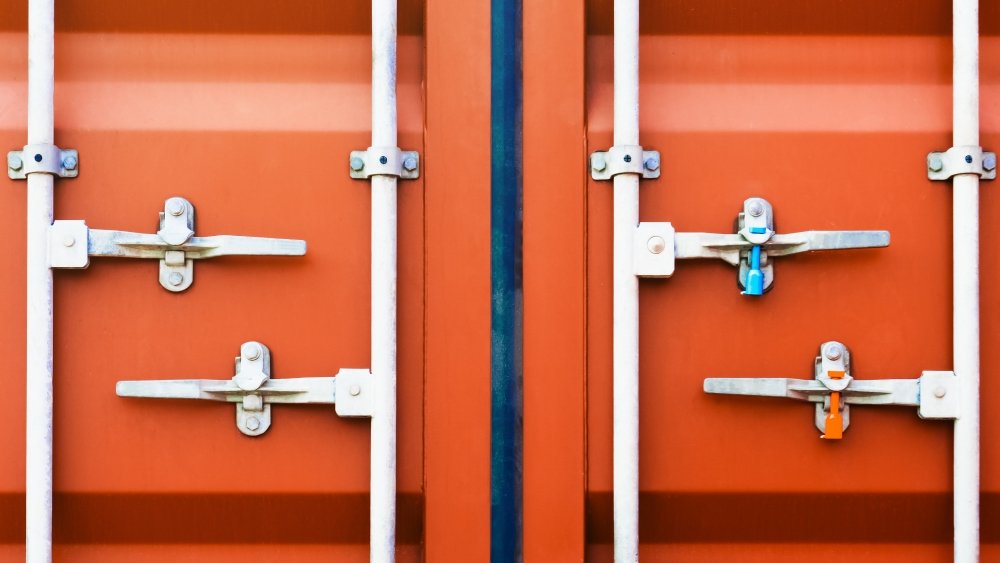
This is the most important mindset shift you can make. Yes, it's a physical lock, but its true function is communication. Its job is to tell a story to a customs officer in a language of security that they understand and trust. It says, "The company that sealed this container follows a strict, verifiable security process." When an officer sees a compliant seal, correctly documented, they are less likely to subject your container to a time-consuming and expensive physical inspection. It’s a tool for building trust within the international supply chain security ecosystem.
The Physical Body (The Product)
The seal itself is the physical manifestation of your security commitment. It's a high-security device, usually a bolt or heavy-duty cable seal, engineered from hardened steel and durable plastic. It's designed to withstand brute force, resist tampering, and show clear evidence of any attack. Its physical strength is its first job.
The Procedural Soul (The Credential)
The seal's body is meaningless without its soul: the process. This is the logbook entry, the company procedure for who applies it, the digital record of its unique serial number, and the unbroken chain of custody. The physical seal is the final, visible link in this invisible chain of security procedures. Without the soul, the body is just a dumb piece of metal.
The Twin Pillars of Compliance: Decoding C-TPAT and ISO 17712?
Do the acronyms C-TPAT and ISO 17712 just seem like confusing government jargon? Ignoring these two standards is the fastest way to have your shipment flagged, delayed, or even rejected by customs.
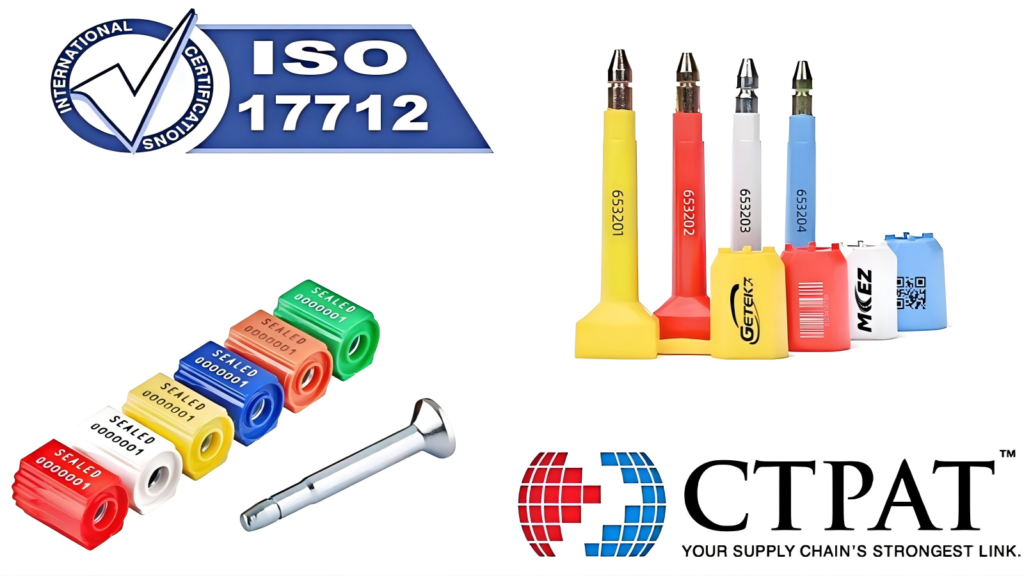
In my experience helping clients navigate international shipping, this is the most critical concept to master. You cannot be compliant without addressing both pillars. They are two sides of the same coin. A failure in one pillar negates any success in the other. If you have a perfect C-TPAT process but use a non-compliant seal, you fail. If you use a top-of-the-line ISO 17712 seal but have a sloppy, undocumented application process, you also fail. Understanding how they work together is non-negotiable for any serious importer or exporter.
| Compliance Pillar | Its Role | Key Requirements |
|---|---|---|
| ISO 17712 | The Product Standard | Defines the physical specifications for "High-Security Seals" ("H" Class). It mandates rigorous third-party lab testing for tensile, shear, and impact strength. It also requires the manufacturer to have certified security-related business processes. |
| C-TPAT | The Process Standard | A voluntary government-business initiative (Customs Trade Partnership Against Terrorism) where companies agree to implement strict supply chain security protocols. A key requirement is using ISO 17712 "H" Class seals and maintaining a verifiable seal log and procedure. |
Anatomy of a Compliant Seal: What Customs Inspectors Look For?
What does a border agent actually see when they look at your seal? They're not just checking if it's there; they are running through a mental checklist for specific compliance markers.
An inspector is looking for three key things on the seal itself: a unique serial number, the manufacturer's logo, and the letter "H" classifying it as High-Security. Any missing element is an immediate red flag.
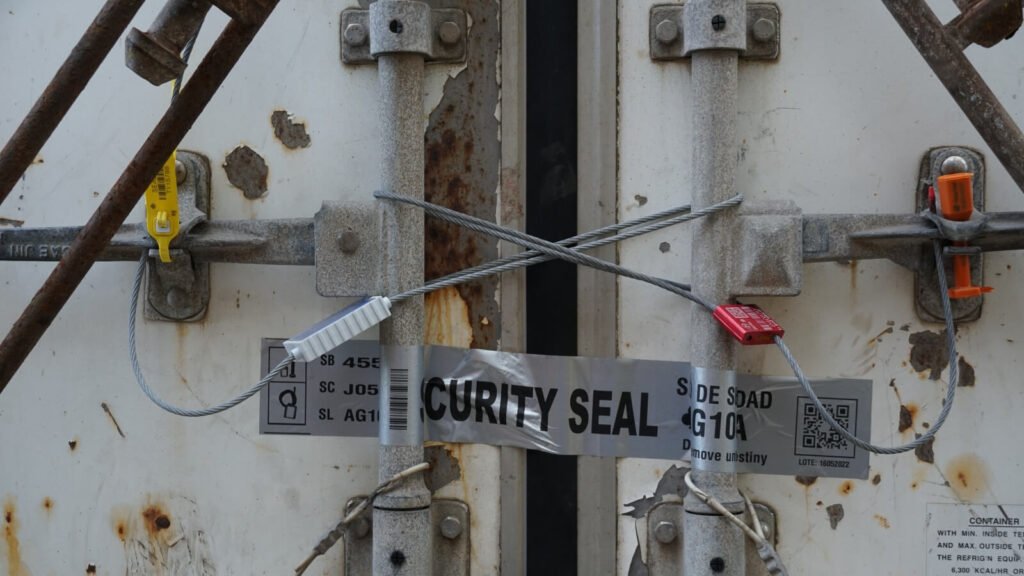
Think like an inspector for a moment. They see hundreds of containers a day and have mere seconds to make a judgment call. They are trained to spot anomalies instantly. Here’s what they are trained to verify, which must be clearly and permanently marked on the seal:
- Unique Serial Number: This is the most crucial feature. It must be unique and match the shipping documents (the bill of lading). Any discrepancy here is a sign of a potential major breach.
- Manufacturer's Identifier: The seal must be marked with the logo or name of the manufacturer. This provides accountability and proves the seal came from a legitimate, certified source.
- "H" Classification: The seal must be explicitly marked with the letter "H" near the manufacturer's mark. This is the inspector's visual confirmation that the seal is certified to the highest security class under ISO 17712.
The absence of any of these markings, or markings that are blurry or easily altered, can lead an inspector to escalate to a full container inspection, causing serious delays.
"High-Security" vs. "Certified High-Security": A Critical Distinction?
Have you ever been offered a "high-security style" seal at a much lower price? This tempting offer is a trap that can lead to huge fines and a loss of your trusted trader status.
"High-Security" can be a empty marketing term. "Certified High-Security" means the seal has actually passed the rigorous independent lab tests required by ISO 17712. Always demand the certificate to prove it.
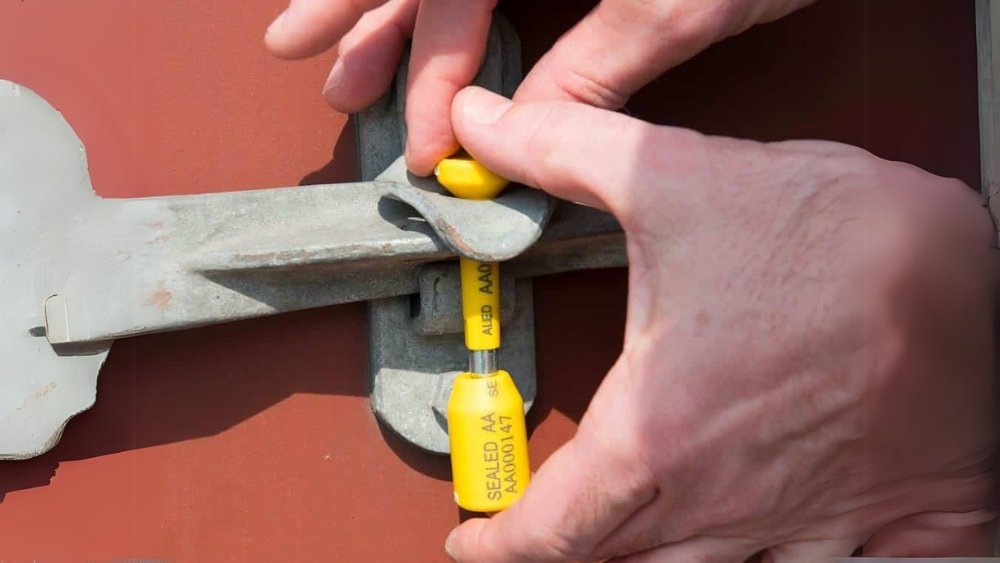
This is a distinction where I've seen many well-intentioned procurement managers get burned. It is absolutely critical. Any factory can make a heavy piece of steel that looks like a bolt seal and call it "high-security." But only a seal that has been sent to an accredited, independent testing laboratory and successfully passed the brutal tensile, shear, and impact tests can be called certified. Without that third-party validation, the term is meaningless from a customs compliance standpoint. As a buyer, your rule must be: "No certificate, no purchase." You must ask your supplier for a copy of the ISO 17712:2013 compliance certificate for the specific seal model you are buying. This piece of paper is your proof and your protection.
Your Compliance Checklist: From Sourcing to Final Destination Protocol?
Do you have a bulletproof process for managing your seals from the moment you buy them to the moment they are cut at their destination? Without one, even the best certified seal can be compromised.
A compliant seal requires a compliant process. You must have documented procedures for seal procurement, storage, application, documentation in a seal log, and inspection upon arrival. This is your chain of custody.
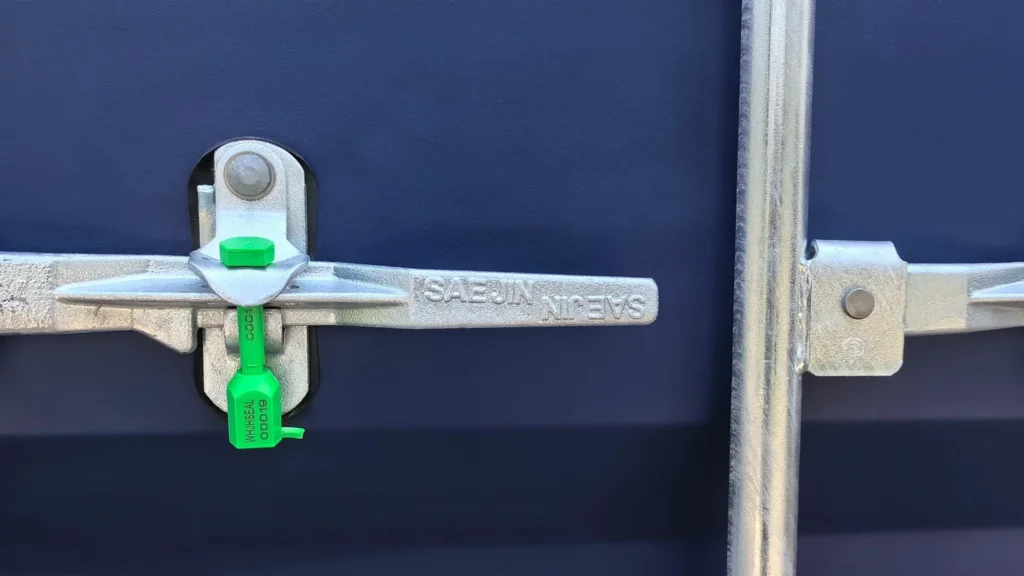
To activate the power of your certified seal, you need to treat it like the valuable credential it is. The C-TPAT program is very clear on this. Your security process must be documented and auditable. Here is a simple checklist I advise my clients to implement.
- Sourcing: Do you buy your "H" class seals only from a manufacturer who can provide a valid ISO 17712:2013 certificate?
- Storage: Are your unused seals kept in a secure, locked location with controlled access? Who has the keys?
- Application: Do you have a designated, trained employee responsible for applying the seal? Is the application witnessed and verified?
- Documentation (The Seal Log): The moment the seal is applied, is the number, date, time, and container number recorded in a permanent logbook that is part of the shipping documentation?
- Inspection: Does your receiving party have a strict protocol to inspect the seal upon arrival before cutting it? They must verify the number matches the paperwork and that there are no signs of tampering.
This is not optional bureaucracy; it is the essence of professional supply chain management.
Conclusion
A customs seal is not just a lock. It is a certified product (ISO 17712) that serves as a procedural credential (C-TPAT), forming a critical system of trust for your cargo.
Ensure Your Seals and Protocols Are Compliant
At ProtegoSeal, we provide fully certified ISO 17712 High-Security seals and the expertise to help you build a compliant seal protocol. Don't leave your shipments to chance. Contact me to ensure your security is up to standard.

